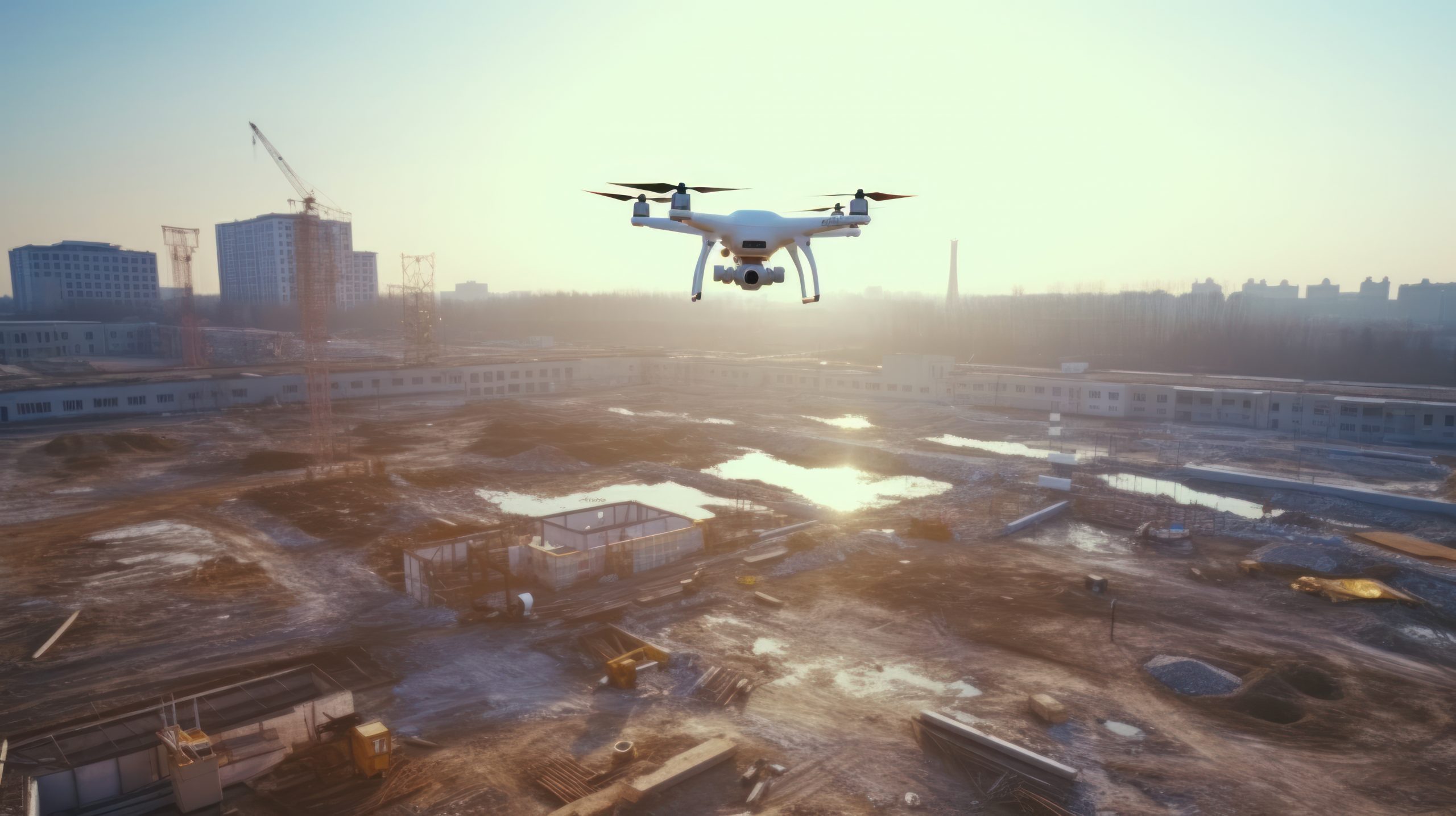In the realm of modern construction and industrial operations, the integration of cutting-edge technology has become imperative to enhance efficiency and safety. One such innovation that has revolutionized traditional crane operations is the utilization of drones to provide aerial perspectives for precision. This article explores the myriad benefits and applications of incorporating drones into crane operations, ushering in a new era of accuracy and efficiency.

Enhanced Safety Measures
Drones play a pivotal role in augmenting safety protocols within crane operations. By providing real-time aerial views, operators can identify potential hazards, monitor personnel movement, and ensure adherence to safety guidelines. This proactive approach significantly reduces the risk of accidents, ultimately safeguarding both workers and assets.
Optimized Site Planning and Monitoring
Aerial perspectives offered by drones enable meticulous site planning and monitoring. Drones equipped with high-resolution cameras can capture comprehensive overviews of construction sites, aiding in precise crane placement and load positioning. This not only optimizes workflow but also minimizes the chances of errors during lifting and movement operations.
Remote Inspection and Maintenance
Drones facilitate remote inspection of critical infrastructure and crane components, eliminating the need for manual inspections that often pose inherent risks. By leveraging aerial perspectives, maintenance teams can identify potential issues swiftly, allowing for timely interventions and preventive maintenance. This proactive approach enhances the longevity and reliability of crane systems.
Data-Driven Decision-Making
The integration of drones in crane operations provides an abundance of data that can be analyzed for informed decision-making. From load monitoring to operational efficiency assessments, the data obtained from aerial perspectives empowers project managers to optimize workflows, reduce downtime, and enhance overall project outcomes.
Real-Time Monitoring of Loads
Drones equipped with advanced sensors enable real-time monitoring of loads during lifting operations. This capability ensures that loads are positioned accurately, preventing overloads and potential structural damage. The precision afforded by aerial perspectives contributes to the overall efficiency and safety of crane operations.
Environmental Impact
Utilizing drones in crane operations aligns with the growing emphasis on sustainable practices in the construction industry. By minimizing the need for unnecessary manual operations and optimizing workflows, drones contribute to a reduction in fuel consumption and emissions, thereby lessening the environmental impact of construction projects.
Conclusion
The integration of drones in crane operations represents a paradigm shift in the construction and industrial sectors. The aerial perspectives they provide not only enhance safety measures but also contribute to optimized workflows, data-driven decision-making, and a more sustainable approach to operations. As technology continues to advance, the synergy between drones and cranes will undoubtedly play a pivotal role in shaping the future of precision and efficiency in heavy lifting operations.
FAQs (Frequently Asked Questions)
- Are drones cost-effective in crane operations?
Absolutely. While there’s an initial investment, the long-term benefits, including increased efficiency and safety, far outweigh the costs.
- Can drones operate in challenging weather conditions?
Modern drones are designed to withstand various weather conditions, ensuring they can be utilized in a wide range of environments.
- How do drones improve safety in crane operations?
Drones provide real-time monitoring, reducing the need for manual inspections and minimizing the risk of accidents during crane operations.
- Are there legal considerations for using drones in construction?
Yes, it’s crucial to adhere to local regulations and obtain necessary permits before integrating drones into construction processes.
- What training is required for crane operators to use drones?
Operators need training in drone piloting and understanding the integration of drone data into crane operations, ensuring safe and effective utilization.

